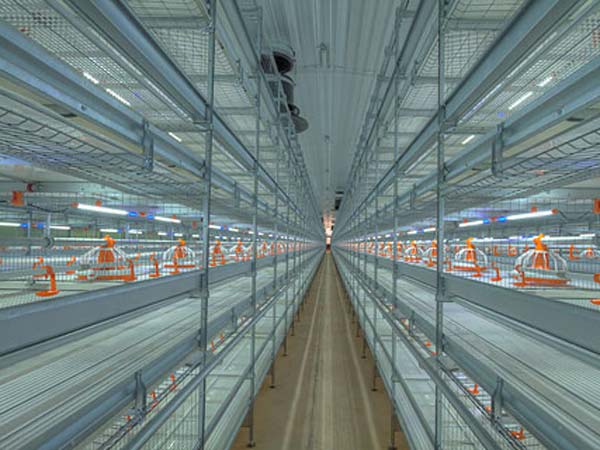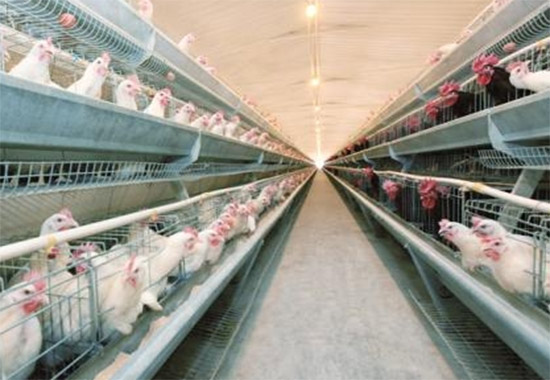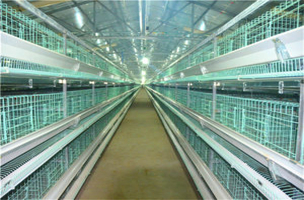What are the costs of fully automatic chicken equipment?
- Published in Chicken cages
There are many benefits to using chickens in fully automatic poultry farming. For large-scale farmers, it is easier to raise chickens. What are the main functions of fully automatic chicken equipment?
Ventilation equipment. Because the chciken poultry farm cage is closed and not ventilated, mechanical ventilation is required. In order to achieve the purpose of heating and heat preservation, electric heating, plumbing, coal stove, etc. can be used. Water supply equipment, using a water-free drinking fountain, not only sanitary but also water-saving. Feeding equipment. The bucket can be used for feeding. The common use is the trough, the long trough, and the shape of the trough has a great influence on the feeding of the chicken. Egg collection equipment. Chicken farms with a high degree of mechanization use automatic conveyor belt collection, which is relatively efficient, but the damage rate is relatively high. Lighting equipment. Many chicken farms are equipped with timed automatic control switches, which replace the manual switch chickens. The automatic chicken equipment mainly contains what can guarantee sufficient light time.

What are the costs of fully automatic chicken equipment for farmers? Nowadays, the chicken industry is constantly in the process of large-scale farms or small-scale farms. It is inseparable from the automatic chicken equipment. Especially the chicken cages have become the main breeding equipment and methods for the chicken industry. Chicken equipment for raising chickens can improve the efficiency of raising chickens for farmers, increase the efficiency of raising chickens, and also save the cost of raising chickens. So what can be saved by raising chickens in automatic chicken equipment?
1. The use of chicken equipment for chicken cage farming can increase the number of chickens raised for the farmers, because the multi-dimensional three-dimensional feeding method used in the chicken cage can fully utilize the advantages of the upper space of the chicken house, and the floor space is small, so that This allows the farmers to reduce the construction of the house area, thereby saving a lot of land lease fees and reducing the cost of investment.
2. During the process of raising chickens using chicken equipment, the farmers are not easy to contact the feces in the chicken house because they are raised from the ground. This will reduce the spread of pathogens and reduce the disease of the chickens. It saves the medical cost of the farmer's investment, and many farmers will prepare the chicken-removing equipment to use the manure machine, which can realize the automatic defecation, timely clean the feces in the chicken house and avoid the ammonia gas in the chicken house. Reduce the incidence of flocks.
3. During the process of raising chickens in chicken cages using chicken equipment, farmers are able to manage the chickens more conveniently because they are kept in cages, so that the chickens do not need to be reconstituted. This increase in labor costs also saves farmers a lot of labor costs.
4. In the process of using chickens with automatic chicken equipment, the activity of the chickens will be greatly reduced, and the consumption of feed energy will also be reduced, so that the conversion rate of feed will be greatly improved. It can save farmers a lot of feed costs.
5. When farmers use chicken equipment to raise chickens, the use of chicken equipment can ensure the uniformity and sufficiency of the flocks, so that the overall uniformity of the flocks can be greatly improved, thus bringing them into the market. Great advances, allowing farmers to recycle costs as early as possible.





